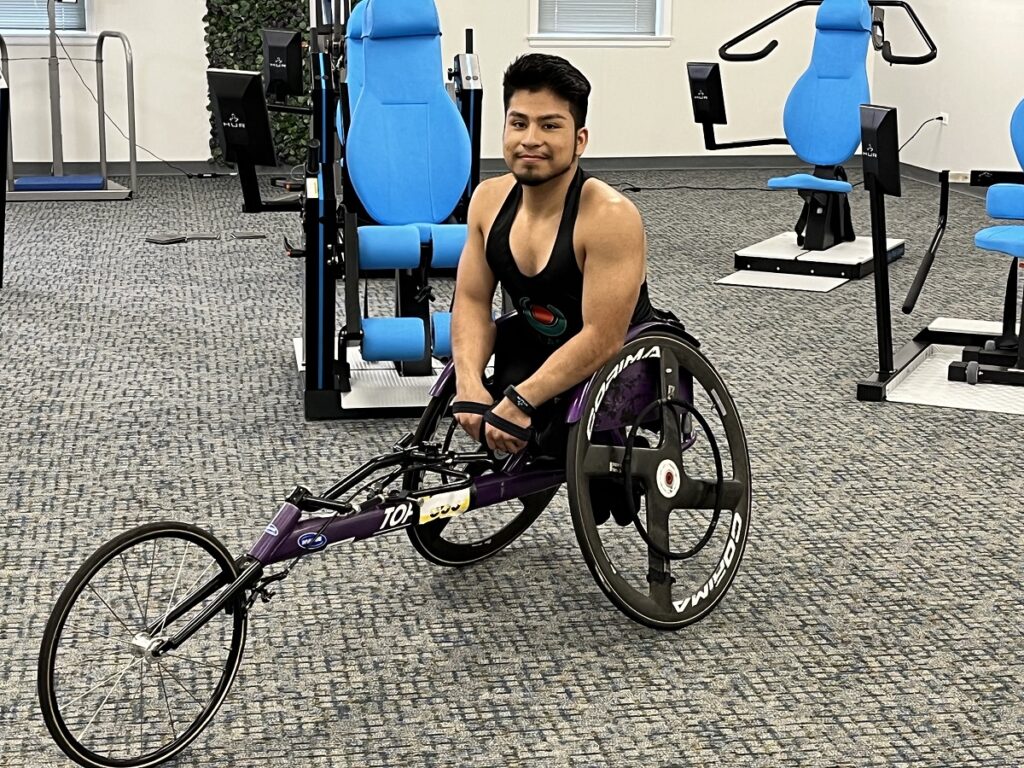Resistance bands are a great option for a full body workout since they are inexpensive and can be used by both beginners and the most advanced workout enthusiast. When used correctly resistance bands provide resistance through the full range of motion which is similar to HUR’s pneumatic strength training machines.
In this blog we will be targeting core muscles. The repeated pushing motion of wheelchair users works the chest, arms, and shoulders a great deal but core muscles and back muscles can become weaker. Core strength training exercises can help protect against certain injuries and improve balance, posture, and quality of life. To learn more about upper body body exercises check out, 6 Upper Body Strength Training Exercises for Wheelchair Users. For a focused program on lower body strength check out
Resistance Bands Quick Safety Tips
Safety is crucial throughout any exercise. Some of these workouts call for you to wrap your resistance band around or around a strong object (such as a pole or door). You must determine what suits you and the current resistance level the best. Remember that you can increase resistance by reducing the length of the stretched-out band. You can achieve this simply moving your hand's position on the band; but, DO NOT wrap the bands around your hands. Skin rips or bruises may result from this. Last but not least, avoid pulling the bands up toward your face. Old bands should be replaced since they can break and then snap back.
Now, let’s dig into the core exercises.
Resistance Band Core Exercises
1. Ab Crunches - Targets the abdominal muscles
For this exercise, anchor your resistance band behind you and face the opposite direction. The band needs to be even with the back of your head or higher (the higher the better). You have a couple of options for the starting position of this seated ab crunch. The first option is to grab each end of the band and bend your arms so that you are holding the band just above your shoulders after you have taken out the slack. The second option is to hold the two ends of the band with your hands resting on top of your head. With either of these starting positions, in a slow controlled manner, lean forward, slightly curling your spine, as you contract your abdominal muscles, then return to the starting position. Repeat this 10-12 times, eventually working your way up to 2-3 sets, depending on your fitness level. This exercise is similar to an ab machine but could also be performed on a pulley machine.
2. Oblique Crunches - Targets the oblique and abdominal muscles
As with the ab crunches above, for this exercise, you will want to use the same secured resistance band position and stay facing the same direction. Again, similar to the exercise above, you can use the same starting positions and hand placements. In a slow controlled motion, lean forward and to the left (about 45 degrees from center) as you slightly curl your spine and contract your abdominal muscles, then return to the start position. Do the same for the right side. Repeat this action 10-12 times, and work your way to 2-3 sets. Accessible machines, such as the Twist, that work your obliques are available, but this could also be done with a pulley.
3. Back Extension - Targets the lower back muscles
With the back extension exercise, you will want to secure your resistance band at a low position (near the floor) in front of you. You could either attach it to a sturdy object or try looping it under your feet or wheelchair footrests. You will want to lean forward as much as you feel comfortable doing so and grab each end of the band, removing any slack. With your arms straight out, keep your spine as straight as possible, and in a slow smooth motion, sit back up until your back touches the back of your chair. Then after holding a couple of seconds, return to the forward starting position. Similar to the first exercise, repeat this 10-12 times. Eventually, you can increase the number of sets to 2 or 3. This is similar to the movement of a back extension machine.
4. Pallof Press - Targets obliques, abdominals, and shoulder muscles
To perform this exercise, you will want to attach or loop your resistance band to a stable object such as a pole about shoulder height. You want the band to be out to your side about even with your torso. Grab both ends of your band with both hands, and stretch the band toward you. Extend your arms straight out in front of you, and you are in the starting position. Try to keep your torso stable, without rotating, as you engage your core. Keeping your hands together, move them toward you until they touch your chest, then push them back out to the starting position and hold for a second or two. Repeat this move 10-12 times, then work the other side of your body by facing the opposite direction. Try to eventually work your way up to 2-3 sets. This is a great exercise for a pulley machine as well.
5. Downward Oblique Swing - Targets obliques, abs, and shoulder muscles
For this exercise, anchor the resistance band at a low position (near the floor) out to your side. Similar to the Pallof press, you will perform the exercise on one side, then switch to the other. As you are facing forward, slightly turn your torso about 45-degrees from center toward the direction of where your band is secured, and grab the ends with both hands. Keeping your arms straight, slowly rotate your arms and torso to the opposite side as you raise your arms high (kind of like you are doing a partial Olympic hammer throw, except don’t let go!). Then come back to your starting position. Repeat this action 10-12 times, then do the same on the other side, facing the opposite direction. In time, work your way to 2-3 sets. If you have access to a pulley machine, this exercise could be performed with it as well.
6. Upward Oblique Swing - Targets obliques, abs, and shoulder muscles
The upward oblique swing is similar to the exercise above, but you will need to secure the resistance band up high instead of low and off to one side of you. As you face forward, turn slightly about 45-degrees from center toward the anchored band, and grab both ends of the band. As with the previous exercise, keep your arms straight, and slowly rotate your arms and torso to your opposite side. However, this time, you will start with your arms high and bring them down to a lower position as you rotate. Then come back to the original position. Repeat this 10-12 times, working your way up to 2-3 sets. A pulley machine could be used for this exercise, similar to the one above.







